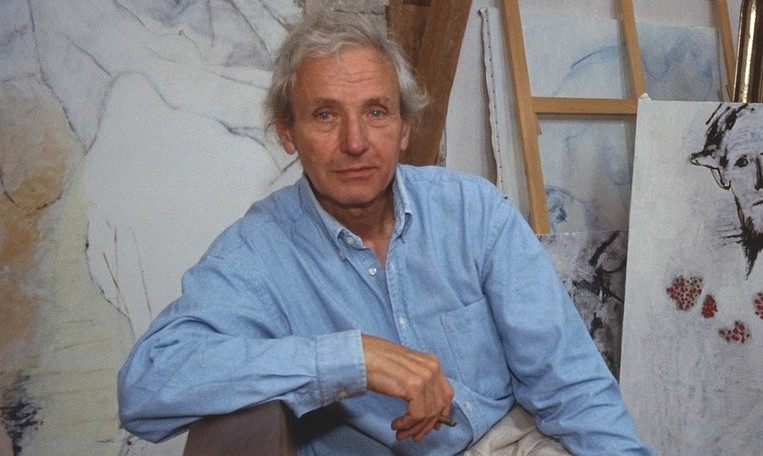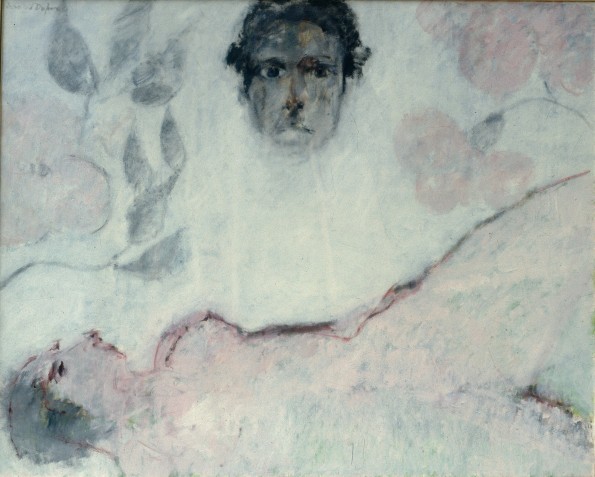All by my selfie


In the 1960s Bernard Dufour left the abstract movement, defined by archetypes of women’s bodies, for the figurative movement. Then, in order to 'unravel even more intensely and grittily, and even more neurotically this muddle of the figure, this knot' he installed in his workshop a collection of mirrors and a female nude painting - a painting that would become the model - and he began his relentless self-portraits. In the abstract, he said, ‘all senses, all conceptual associations were possible. There was no constraint placed on the spectator’s view or on their mode of thinking. That is what pushed me to abandon this movement: I wanted to constrain people into looking at what concerned me.' The mirror concentrates reality into a closed space and creates almost a frenzy of light which fascinates him. The open backgrounds - into which figures and bodies are embedded and lost in this undefined space - are neutral in tone, and the hints of colour in places, far from helping to embody what the drawing represents, almost undoes it. The female figures are always at such a scale that the painting cannot show them whole, so part of their bodies escape our visual grasp. We can also recognize floral patterns superimposed on the body, evoking its curves, while the artist's portrait, darker in the centre at the top of the canvas, fixes our gaze, as if to compel us to observe the painting.
Frac Provence-Alpes-Côte d'Azur, 2006
As a revelation of the unconscious, Bernard Dufour's art is autobiographical. With a personal approach verging on the Freudian, he creates a highly sexualized universe made up of embracing women, their sexes offered up to the gaze of a voyeur, the artist himself. In Autoportrait hiver, as in the majority of his work since the 1960s, the story he tells is that of a gaze, on a woman, on what is carnal in her, on death through what is sexual in it and on consciousness in what there is of the timeless about it. In short, his work is the story of his own inner gaze, demonstrated by the way he has to force the model to the specifications of his look. Here, many of the constituent elements of his painting can be found: the female body in the foreground, a frontal self-portrait allowing the emphasis to be placed on his gaze, a framing (reminiscent of that of photography which is often the starting point for his work) in which arbitrary delineation removes part of this nude floating in a white inconsistent space. He constantly poses the question of figure and likeness, not to precisely reproduce the original in its entirety, which he knows is impossible, but to offer up a deliberately subjective reflection of it.
Unsigned